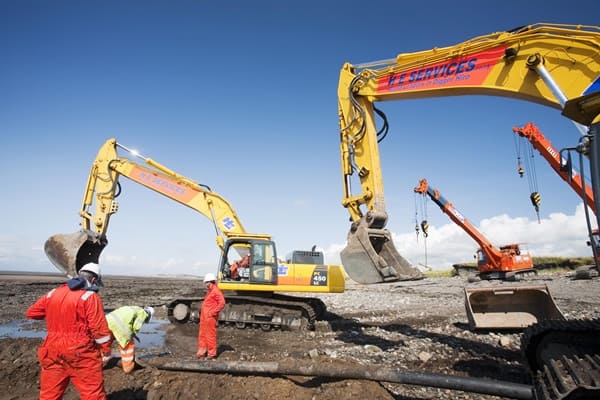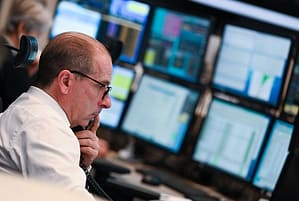Persistent uncertainty is set to wipe $2.5 trillion from the value of construction activity globally this year, disrupting delivery across markets.
That’s according to new global research from Currie & Brown, a world-leading provider of cost management, project management and advisory services.
The report, titled Building certainty in an era of relentless change surveys over 1,000 global decision-makers, each responsible for construction pipelines averaging $12.9 billion. It reveals a disturbing picture of the damaging impact of uncertainty on construction projects, and the potential knock-on consequences for the wider economy.
On average, respondents reported a financial loss equivalent to 13.7% of their construction pipeline in the past year.
That amounts to $2.1 billion per organisation – enough to fund two major hospitals or build 40 high schools in an advanced economy. Applied to global construction spending, that loss equates to a total of $2.5 trillion – more than the GDP of Italy and almost twice the combined annual revenue of Apple, Amazon and Microsoft.
The findings highlight the growing strain uncertainty is placing on construction delivery. Over the last year 32% of construction projects were descoped, 29% were delayed and 25% were cancelled. Just 1 in 5 (20%) construction leaders are completely confident that they can keep their projects within budget in the current climate.
The primary risk factors driving uncertainty are material cost inflation, energy price volatility, supply chain disruption and labour and skills shortages. And volatility shows no sign of easing. The research finds that 61% of leaders expect material cost inflation to worsen over the next 12–24 months, while 56% predict greater energy price instability.
Dr Alan Manuel, Group Chief Executive Officer, Currie & Brown said, “The construction sector has always experienced its fair share of volatility. But this goes well beyond the usual cycle. In over 40 years in the industry, I’ve not seen such a persistently uncertain market.
“Part of the challenge lies in how we work. External factors such as rising costs, political shifts and weather events play a clear role. But systemic issues are just as critical. Outdated procurement, misaligned objectives and a culture that accepts billion-dollar projects without complete designs continue to embed risk. If we don’t control these challenges, the disruption will only grow, which we can’t allow because construction underpins economies and improves lives. This industry is too important to be allowed to fall behind.”






Leave a Comment